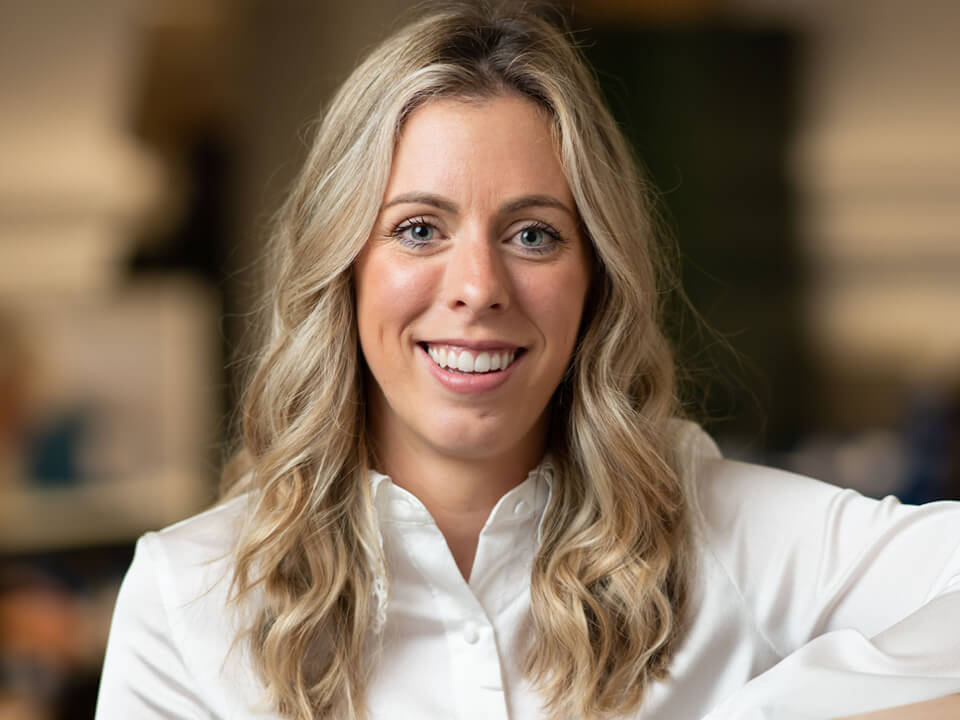Child maintenance – an update
When a couple separate and they have children, it is generally accepted that it is best for all concerned if a private agreement can be reached for child maintenance. Such a course of action could well avoid delay, acrimony and an unnecessary impact on child contact issues. This is an approach promoted by both family lawyers and the Court system, who have long advocated a "non-interventionist" approach.
However, there are often occasions when help is needed to resolve child maintenance disputes. Previously, a parent with care made an application to the Child Support Agency (CSA), who then made a calculation based on the non-resident parent’s income, with allowances being given for overnight contact and "second family" children. The CSA system had well documented shortcomings and now it is being replaced by the Child Maintenance Service.
What is the new regime?
Under the new arrangement the Department for Work and Pensions is responsible for running the system; it uses HMRC records to access the income details of the non-resident parent, in order to make the appropriate calculation.
The biggest change is to the way the amount of child maintenance is calculated. The new method of calculation is based on "gross income", which is defined as before tax and national insurance deductions, but after pension contributions have been paid out of the income. Previously the CSA worked on a "net income basis".
The new Child Maintenance calculation method
The formula is then broken down in to 2 levels. The first level is based on cases where the gross weekly income of the payer is £800 or less, in which case a "Basic Rate" applies, 12% for one child, 16% for two children and 19% for three or more children.
The second level kicks in when the payer’s gross weekly income is between £800 and £3000 (please note that under this scheme £3000 is the highest gross income that will be taken into account, so in cases involving incomes of more than £3000, you should seek legal advice as you could, for example, seek a "top-up" order under the Children Act 1989), in which case a "Basic Plus" rate applies. The amount payable out of the excess over £800 is 9% one child, 12% for two children, and 15% for three or more children.
Let us now use an example to explain the new system:
The non-resident parent has a gross weekly income of £1000, and has three children, but does not exercise overnight contact. That parent would have to pay £152 Basic Rate (£800 X 19%), and £30 Basic Plus rate (£200 X 15%), making a total of £182.
There will be a reduced rate of gross weekly income is between £100 and £200 per week, starting at a flat rate of £10 for the first £100 of gross income. Parents on benefits will pay £10 per week.
Calculating gross income
To help the paying parents, there are allowances available to reduce the gross weekly income, meaning that less maintenance is paid. If that person has "second family children" living with him or her, then their gross weekly income is deemed to be reduced by 11% for one such child, by 14% or two children and 16% of three or more children. These deductions are taken from that parent’s gross income before the maintenance calculation is made. Further, if there is a shared care agreement in place that entails the child or children living with the paying parent for a least one night per week, then a further deduction is made. If the overnight contact is one night per week then a deduction of one-seventh is made from the maintenance agreement, and similarly if it is two nights then this increases to two-sevenths, and then three-sevenths for three nights.
The new service started in July 2013, two new applicants with two or more children. It is envisaged that by 2014, all CSA maintenance cases will be closed or transferred to the new scheme.
The aim of is clearly to provide separating parents with a detailed framework so as to be able to make their own private arrangements, but if that cannot be done an approach to the CMS will have to be made upon payment of a small fee. Even then, the new system still tries to encourage the parents to reach an agreement, as it will claim a 20% collection charge from the non-resident parent (20% of the actual child support payable) and 4% charge on the payment received by the parent with care (4% of the actual child support received). However, these ongoing charges can be avoided if the parties opt for what is called "Direct Pay", which is essentially where the parents arrange the payments between themselves without further involving the CMS.
Contact us regarding Child Maintenance
To speak to a family solicitor about Child Maintenance, call us on 0161 785 3500
Subscribe to our newsletterPlease note that the information and opinions contained in this article are not intended to be comprehensive, nor to provide legal advice. No responsibility for its accuracy or correctness is assumed by Pearson Solicitors and Financial Advisers Ltd or any of its members or employees. Professional legal advice should be obtained before taking, or refraining from taking, any action as a result of this article.
This blog was posted some time ago and its contents may now be out of date. For the latest legal position relating to these issues, get in touch with the author - or make an enquiry now.




